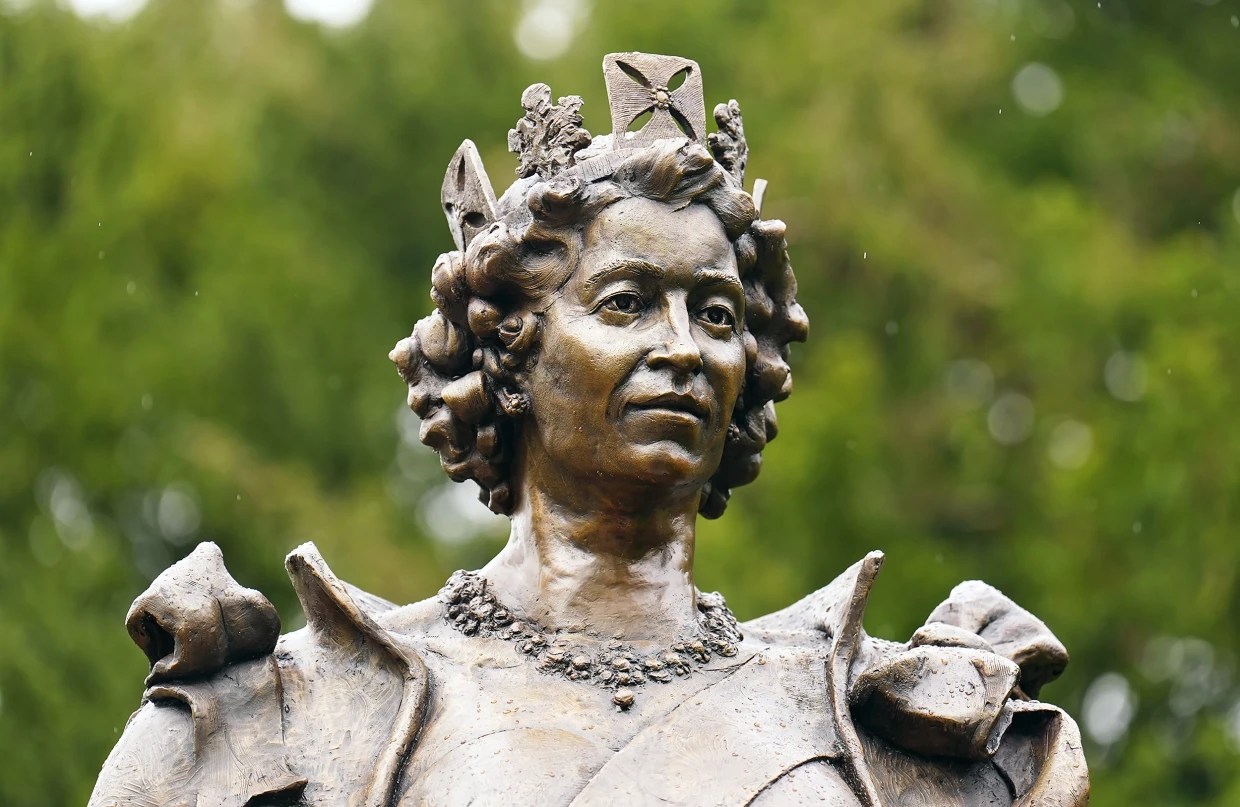A 35-year-old condor considered vital to the species' recovery efforts soared over the skies at Bitter Creek National Wildlife Refuge in Kern County, the first time it returned to the wild in more than 30 years.
The condor, known as AC-4, was captured in August 1985 by a team of U.S. Fish and Wildlife Service biologists to help prevent extinction of the species. According to the biologists, AC-4, who has now been rebranded as California condor No. 20, helped play a pivotal role in helping other birds of its species return to the Golden State.
"Watching this California condor, who has been so instrumental to recovery of his species, rejoin the wild flock, is an emotional and historic moment," Joseph Brandt, lead condor biologist with Service, said in a news release. "It's like seeing him come full circle."
AC-4 has helped breed 30 chicks back into the wild, and is one of four remaining condors of the original 22 birds brought into captivity in the 1980s. The condor was part of the program at the San Diego Zoo from 1985 to 2014, when he moved to Pinnacles National Park to live with juvenile California condors preparing for release into the wild.
He then moved to a flight pen at Bitter Creek National Wildlife Refuge to prepare for his own journey into the wild.
Jesse Grantham, former California Condor Recovery Coordinator, was part of a team that captured AC-4 in 1985. Grantham and other researchers monitored the bird and developed a connection.
"Many people have poured their heart and soul into the recovery of these remarkable birds, and it is an amazing feeling to be here with many of those individuals who have dedicated their lives to condor recovery," said Grantham. "The bird can now live out the remainder of its life back in the wild, while his legacy and contributions to condor recovery live on in future generations."
U.S. & World
The California condor is the largest land bird in North America with a wingspan of 9.5 feet and weighing up to 25 pounds. The bird historically ranged from California to Florida and western Canada to northern Mexico, but populations plummeted by the mid-20th Century. By 1967, the California condor became an "endangered" species.
In 1982, only 23 California condors existed worldwide. But since 1992, when captive-bred bird began returning to the wild, the population has grown to 420.
CORRECTION: A previous version of this article contained a video that incorrectly identified a California condor as AC-4. We regret the error.



